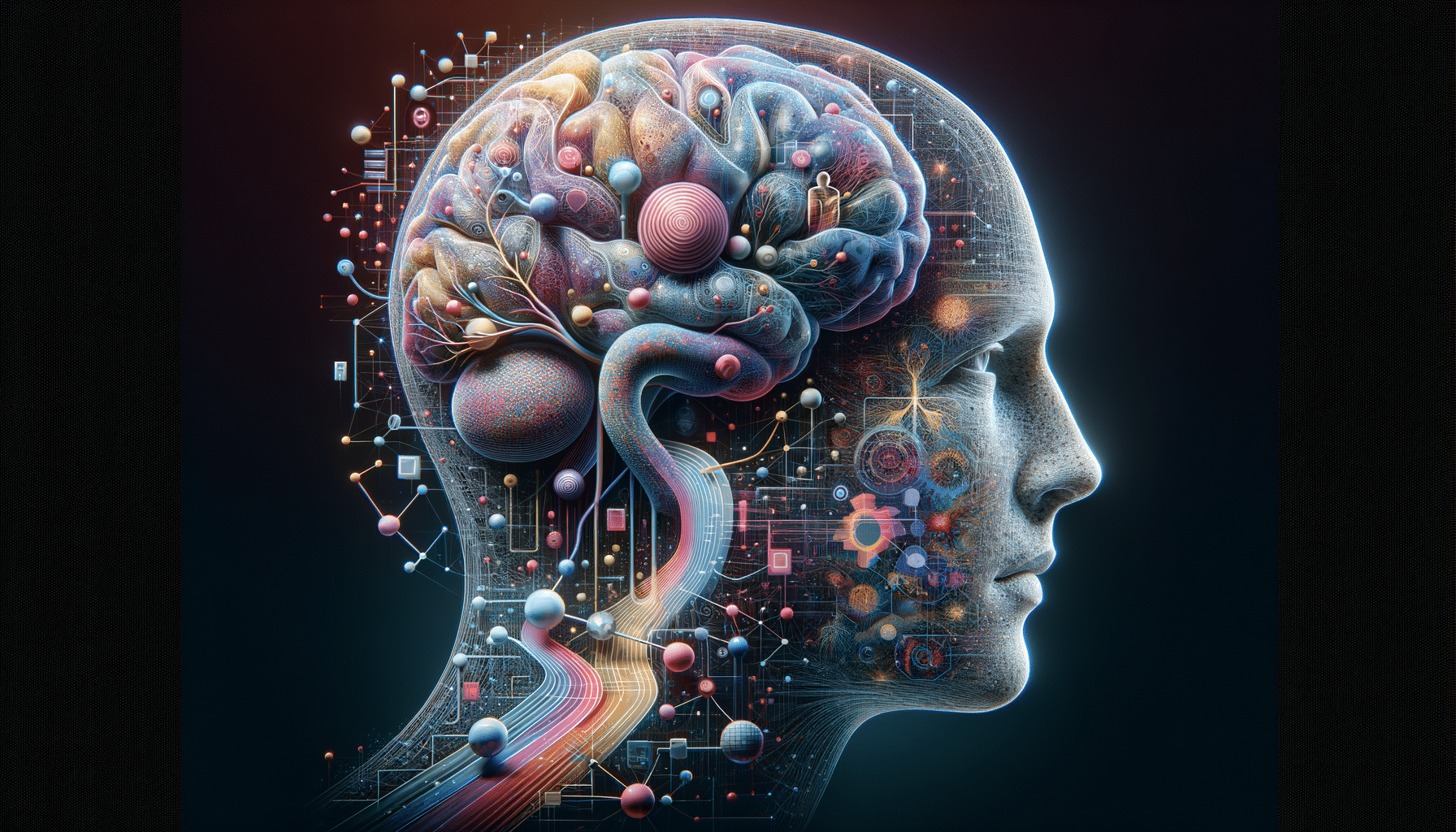
Understanding The Signs Of Lewy Body Dementia
Introduction to Lewy Body Dementia
Lewy Body Dementia (LBD) is a progressive neurological disorder that affects a person’s cognition, behavior, and movement. It is the second most common type of progressive dementia after Alzheimer’s disease, yet it remains relatively unknown to many. Understanding LBD is crucial, as it not only affects the individuals diagnosed but also significantly impacts their families and caregivers. This condition is characterized by the presence of Lewy bodies, which are abnormal protein deposits in the brain. These deposits disrupt the brain’s normal functioning, leading to a decline in mental abilities and motor skills. Raising awareness about LBD helps in early diagnosis and management, which can improve the quality of life for those affected.
Symptoms and Diagnosis
The symptoms of Lewy Body Dementia can often be mistaken for other neurological disorders, making diagnosis challenging. Common symptoms include cognitive decline, visual hallucinations, and movement disorders similar to Parkinson’s disease. Patients may also experience sleep disturbances and fluctuations in attention and alertness. Diagnosing LBD involves a comprehensive assessment, including a thorough medical history, physical and neurological examinations, and cognitive tests. Brain imaging and sleep studies may also be conducted to rule out other conditions. Early diagnosis is vital as it allows for better management of symptoms and planning for future care needs.
Causes and Risk Factors
The exact cause of Lewy Body Dementia is not fully understood, but several risk factors have been identified. Age is a significant factor, with most cases occurring in individuals over the age of 60. Family history and genetics also play a role, as having a relative with LBD or Parkinson’s disease may increase one’s risk. Other potential risk factors include a history of depression or anxiety, and certain lifestyle choices such as smoking or lack of physical activity. Research is ongoing to better understand the underlying mechanisms and potential genetic links associated with LBD.
Treatment and Management
There is currently no cure for Lewy Body Dementia, but several treatment options can help manage symptoms. Medications can be prescribed to address cognitive issues, mood disorders, and movement problems. Non-drug approaches, such as physical therapy, occupational therapy, and counseling, can also be beneficial. It is essential for caregivers to be educated about the condition and to seek support, as they play a crucial role in managing the day-to-day challenges faced by individuals with LBD. Support groups and resources are available to help caregivers cope with the emotional and physical demands of caring for someone with dementia.
Living with Lewy Body Dementia
Living with Lewy Body Dementia requires a comprehensive approach that includes medical management, lifestyle adjustments, and support from family and healthcare professionals. Creating a safe and supportive environment is crucial for individuals with LBD. This may involve modifying the home to prevent falls, establishing routines to reduce confusion, and engaging in activities that promote mental and physical well-being. It is also important for individuals with LBD and their families to plan for the future, including legal and financial considerations. Open communication with healthcare providers and loved ones can help navigate the complexities of living with this condition.


